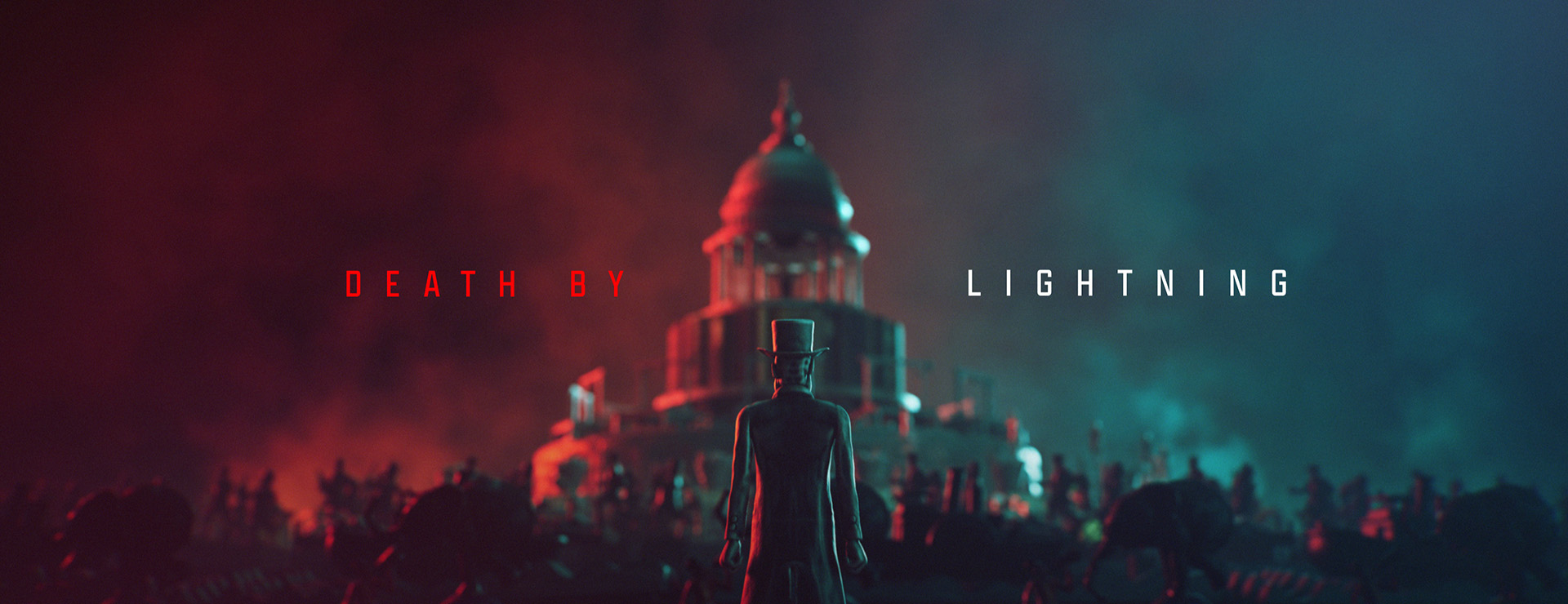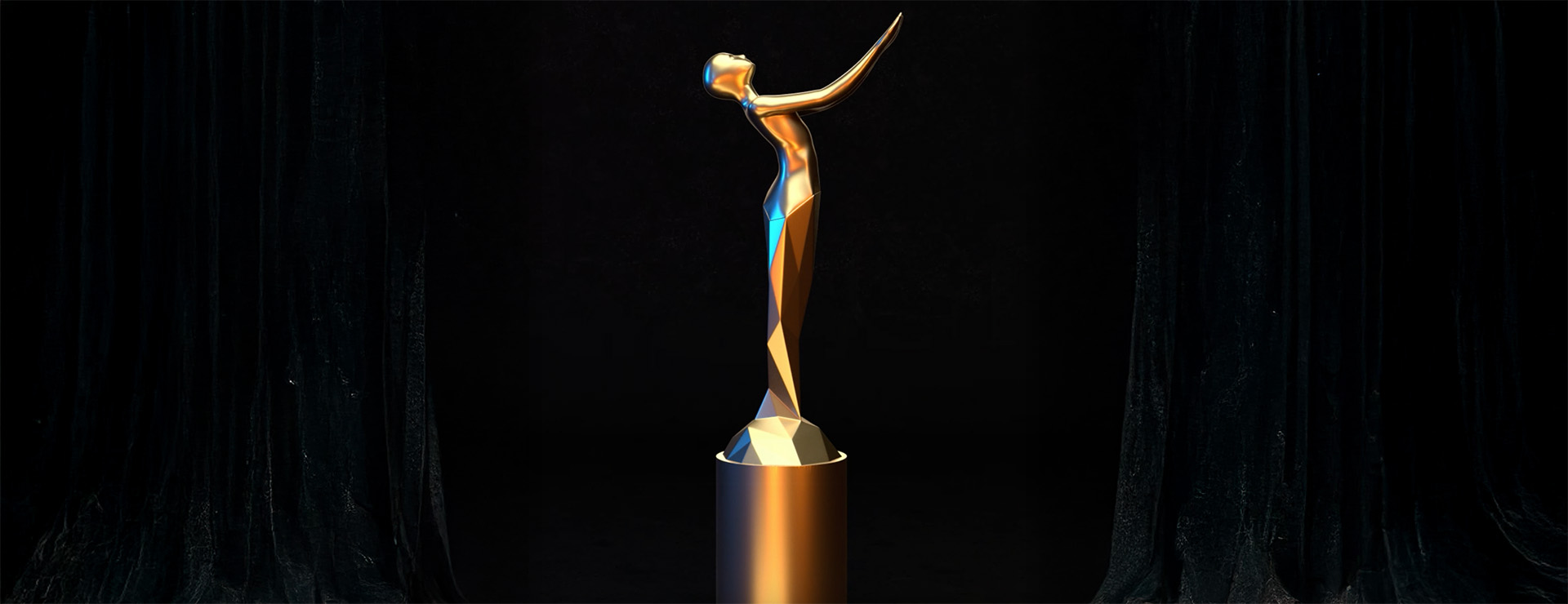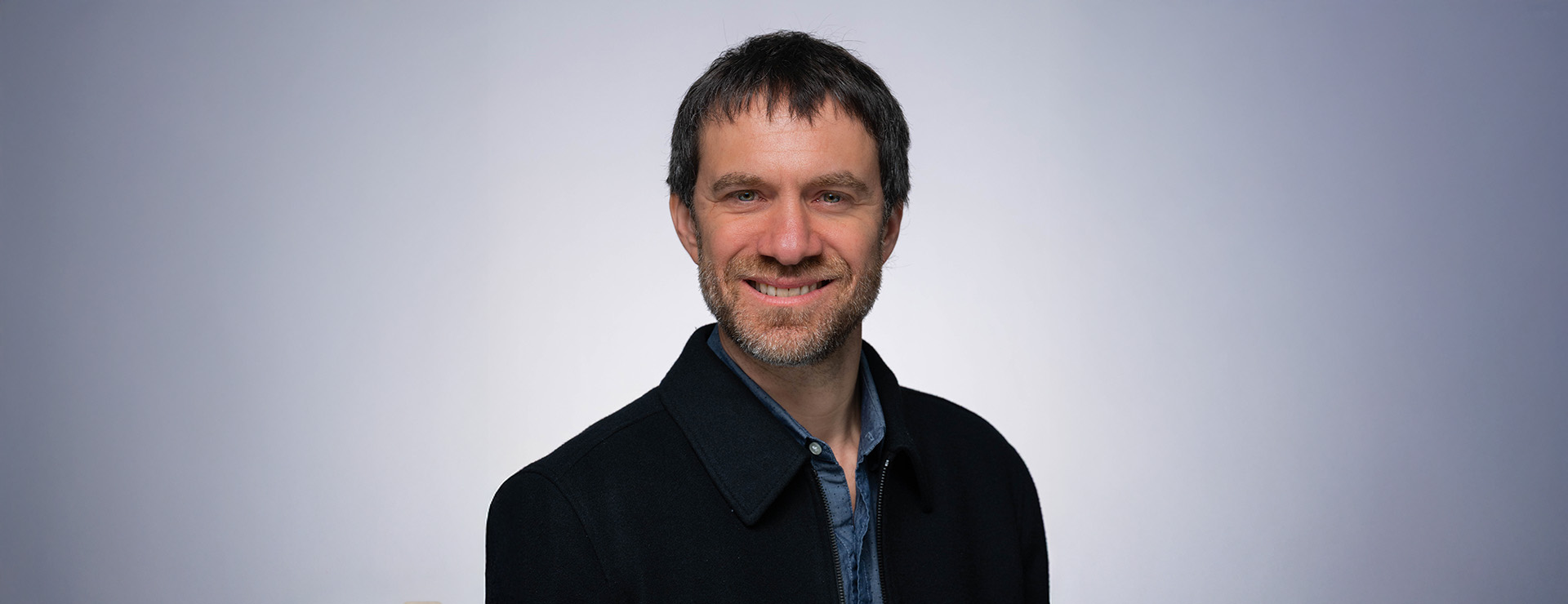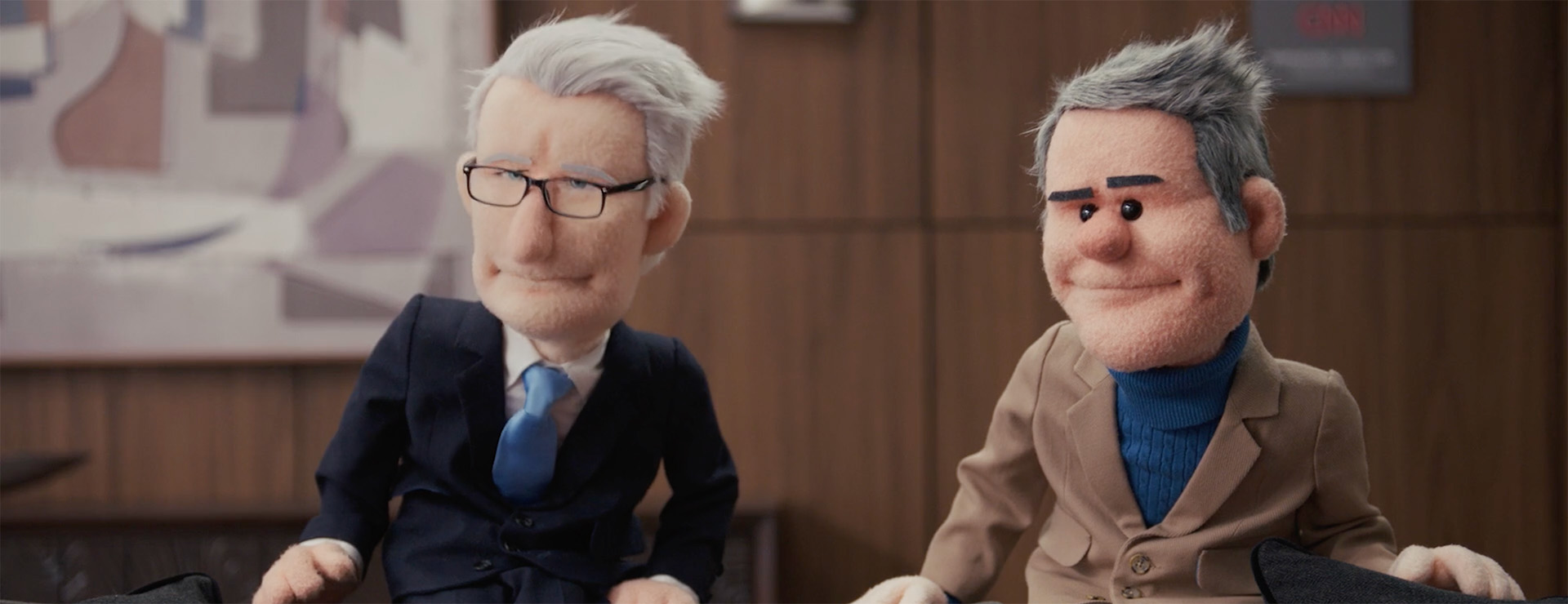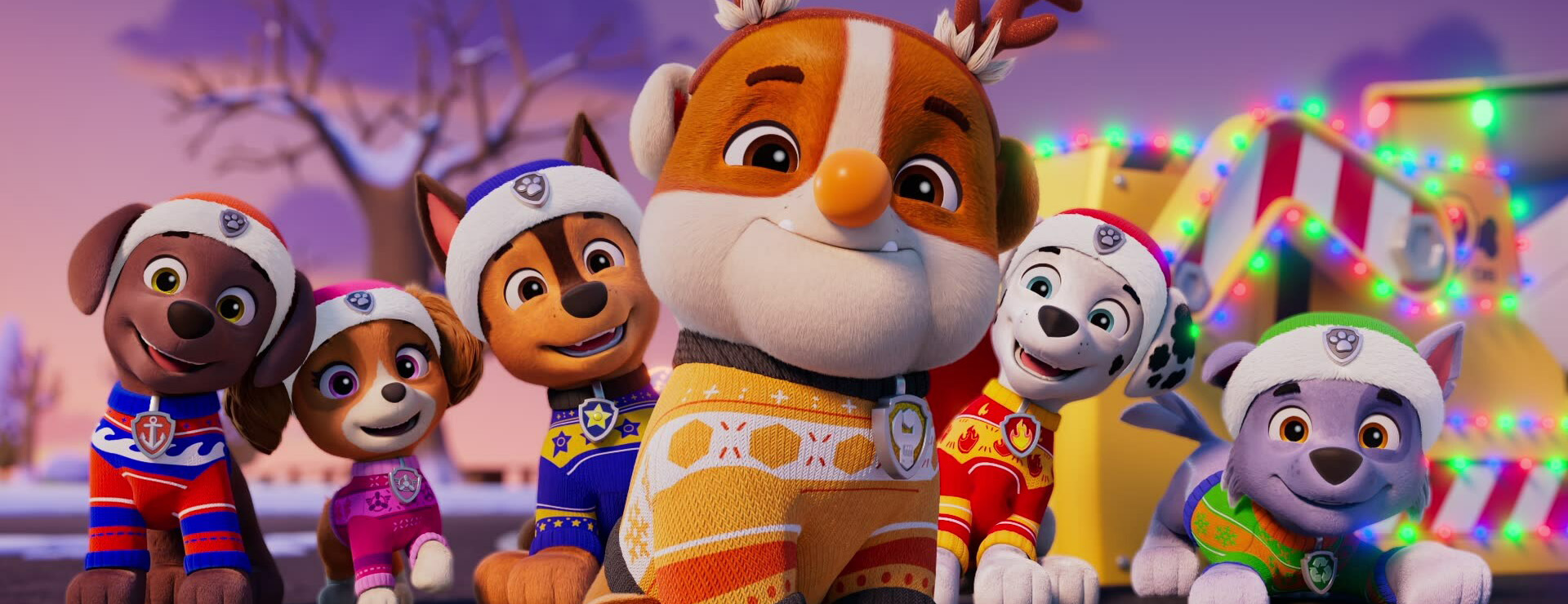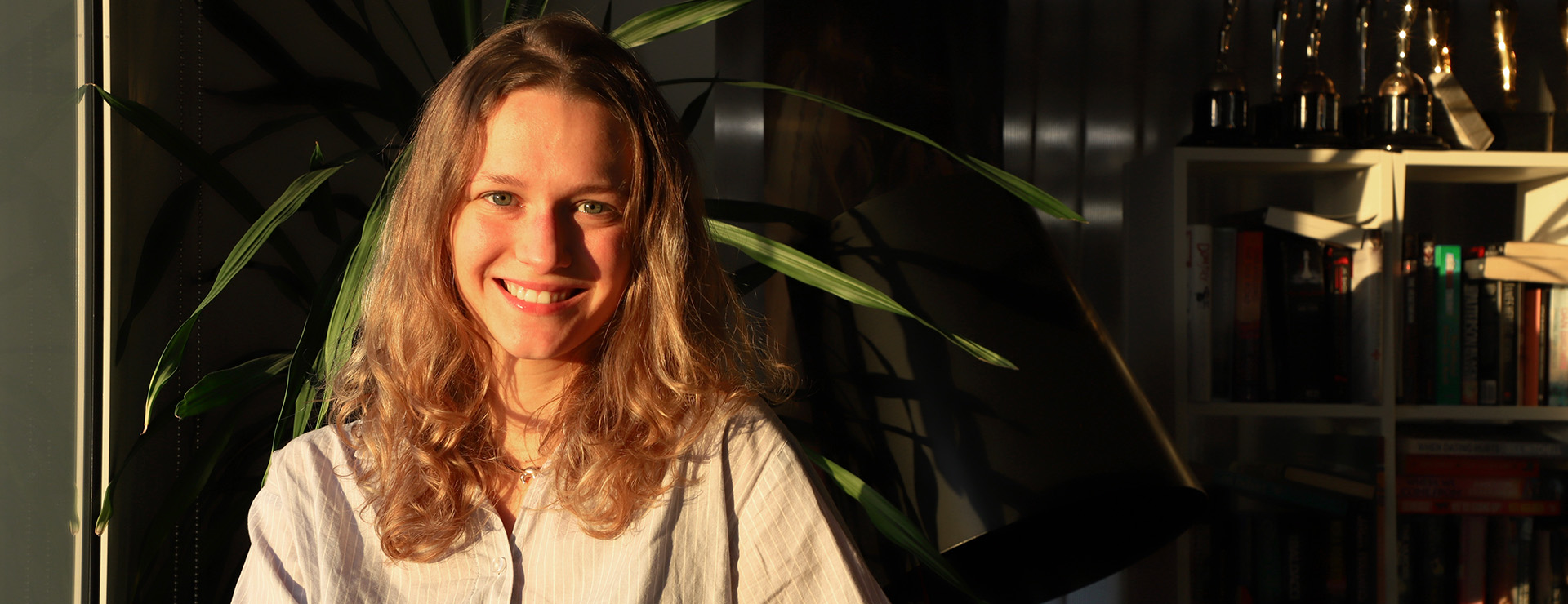In partnership with director Kelly Marcel, Emmy-winning creative director Karin Fong and her team at Imaginary Forces crafted the unforgettable main-on-end title sequence for Venom: The Last Dance, the third movie in Sony’s trilogy. The resulting piece celebrates the Marvel anti-hero, played by Tom Hardy, with a venomous twist.
Fong, one of Hollywood’s most prolific and honored title designers, chatted by email with Spotlight about her latest creation.
Spotlight: What was the initial brief for this project?
Fong: Venom’s director, Kelly Marcel, asked us to create a main-on-end title sequence for the third film of the trilogy Venom: The Last Dance. We knew going in that this was the final installment of the Venom story, so the end titles needed to be a celebration – something to lift the mood and give good energy as you waited for any after-credit scenes and left the theater.
Spotlight: Ok, I have to admit that I have not seen Venom and I’m not familiar with the character other than that I know Tom Hardy plays him and there are a lot of teeth involved. Why did you decide to go with animals and how did you pick what animals to use? Elephant seemed like a surprising choice in this context.
Fong: At the first meeting, Kelly told us that she’d like the end titles to be about the Venomized animals. Fans were going nuts for the symbiote horse that was in the trailer, and she knew that they’d enjoy seeing what other Venom creatures would look like. In the film, he also takes the form of a fish and frog. Picking the animals was probably the most fun part of this job – we wanted a mix of fierce and funny. So there’s a lion, as you might expect, but also a squirrel – which is a nod to Kelly’s pet. As Venom is all about teeth, tongue, and eyes, we were also thinking of animals that could play off those features. For instance, designer Angela Chong had the witty idea of using an orca, since the white eye marking is very close to Venom’s eye shape. At one point we had an anteater, to play off its long tongue, but that didn’t make it in. I’m glad you found the elephant surprising! We wanted to end big with an animal that could fill the frame with black, so we could get one last look at “classic Venom” as a finale.
Spotlight: How did you land on using that particular texture – I don’t recall seeing anything like it before? How did you create it in 3D animation?
Fong: Our textures were inspired by the ones in the film – but stylized versions. Venom has a pretty distinctive glossy liquid texture, and in this film he’s joined by other symbiotes in different colors. So it was about nodding to the fluid effects and palette that are in the film but giving a more pop feel. We wanted something inky, and originally the images had a more painterly, 2d look– a more illustrative direction. As Kelly gave notes about the characters – that one was translucent, and another one had electric pulses, for instance, she responded to incorporating more light and texture. During the process, the language evolved to be more glossy and dimensional.
Our team worked between creating custom sims in Houdini and manipulating stock Alembic files in Cinema 4D to create this aesthetic. Animators Henry Chang and Alex Rupert also developed a custom shader in Cinema 4D to create a roiling effect that keeps the piece alive. Change explains, “Using Redshift procedural shaders, we layered animated noise textures to create a pulsating effect on our venom animals. The key was to introduce a variation of grays, blues, and blacks in the diffuse channel, along with selecting the right organic noise patterns to displace the geometry. This dynamic, ever-shifting texture helped bring the symbiote to life.”
Spotlight: What various software applications did you use to create this sequence?
Photoshop, Illustrator, Z Brush, After Effects, Liquid Gen, Cinema 4d, Houdini, Premiere, Da Vinci
Spotlight: What was the most challenging part of creating this sequence? What was the most fun?
Probably the fur and feathers! The last animal we decided upon was the tortoise, mostly because we liked the idea of revealing it from darkness, but also because its hard-surfaced shell would be doable in our time frame. The short schedule was extremely challenging. We were lucky to work with Kelly, who knew what she wanted and encouraged us to run with the idea. That trust translated into how we could attack it all with confidence and make decisions quickly, which makes a huge difference in how many of the details we could dial in. Making the initial animal sketches was probably one of the most fun parts–working up a Venom penguin and octopus at the start showed me the idea had legs…or in this case …teeth – but it was even more rewarding once everyone brought their A-game to design and animation, and seeing that all come together during dailies. We had a crew that spanned several time zones; it was cool to wake up and see that Min had updated the models with bigger, grosser teeth, that Alejandro had developed sims for the drool, and Scott had added lightning.
Spotlight: Did you have the music to work with from the beginning? Were you given that music or did you and your team help select it?
When we started designing we didn’t have an idea of which way the custom song would go – even in terms of which artist or genre. Then, as our editor Lexi Gunvaldson started cutting a boardomatic, we were given the track One Last Dance by Tom Morello. Luckily, we found it really suited the way we imagined all these things cutting, splatting and oozing. Music is always hugely responsible for the emotion of a piece and this one really delivered. Maybe a bit too well – it's a crazy catchy earworm that got stuck in all of our heads. Even now as I mention this I know it’s going to be on repeat…aaaaaah!
Spotlight: Is there anything else you want to share about the creation of this sequence that I didn’t ask about?
Just that no animals were hurt in the making of this main title!





